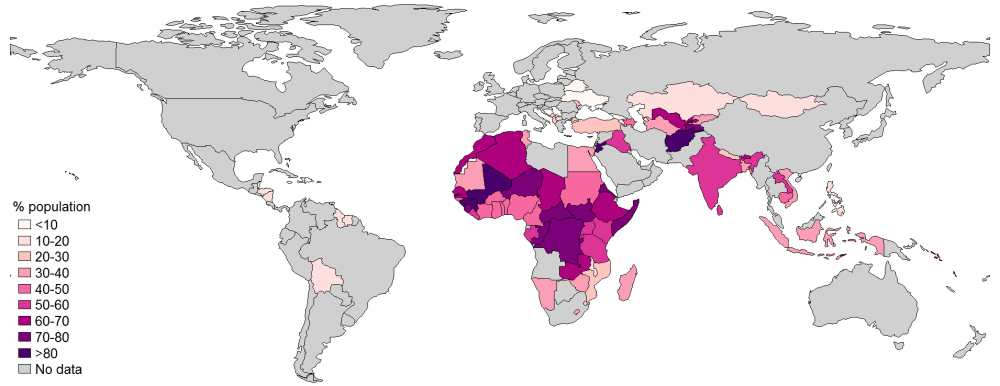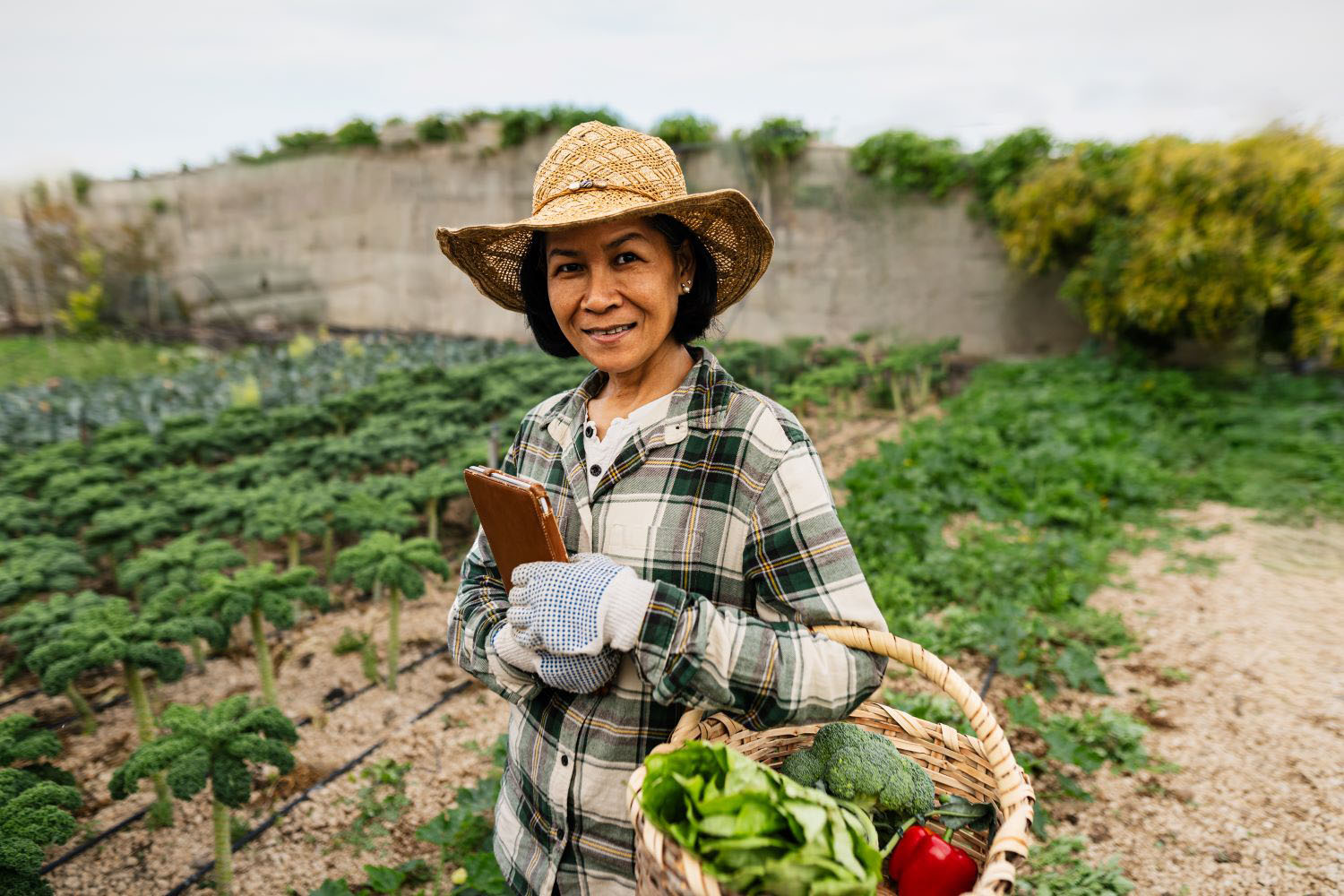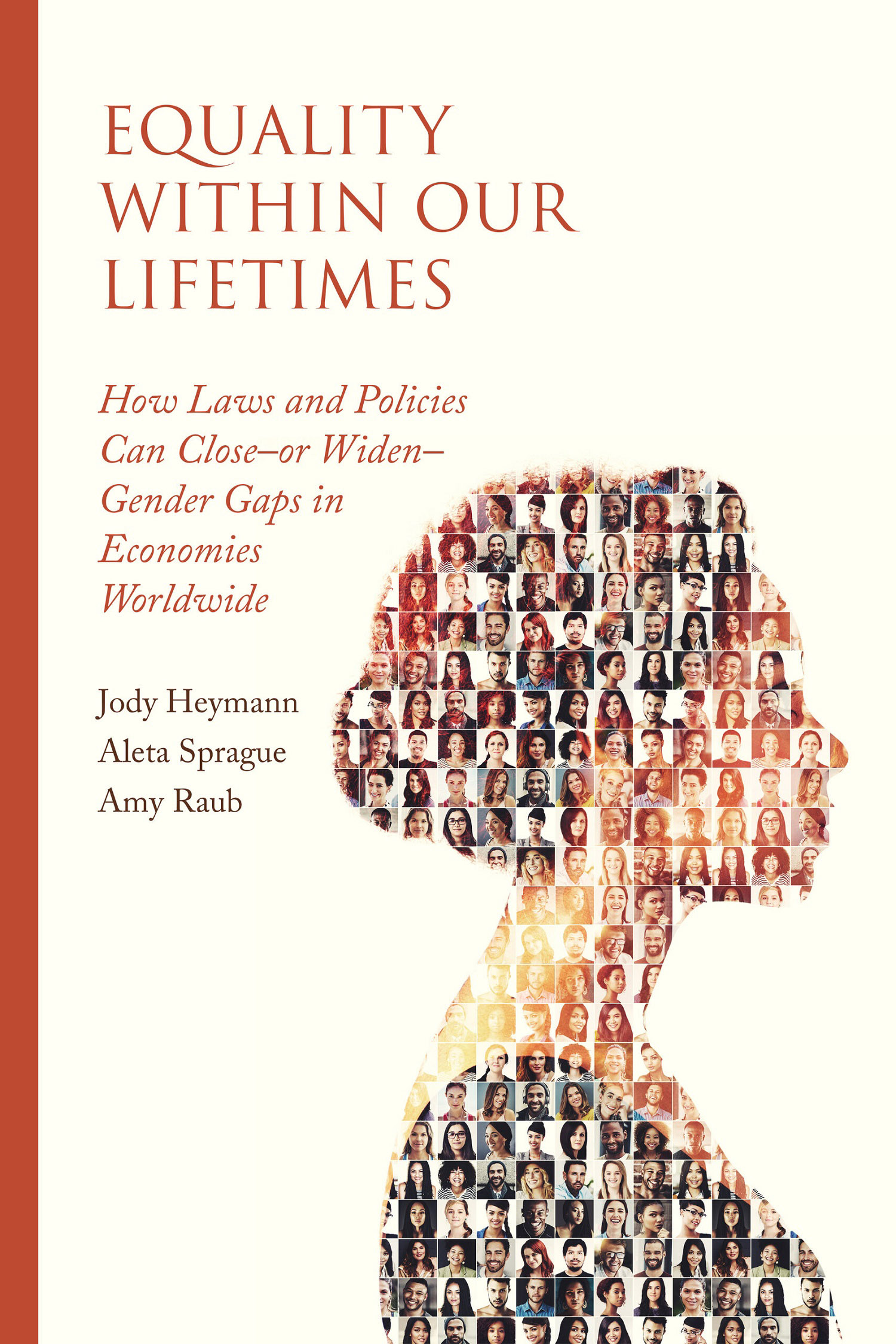Domestic violence — overwhelmingly against women — is by far the most common form of violence in the world. About 350 million women across the planet have suffered severe physical violence from their intimate partner according to the World Bank (PDF). In developing countries, more than one in three girls will be married before the age of 18, placing them at increased risk of abuse. Worldwide, 125 million women have been subject to genital mutilation. And sex-selective abortion is replacing neglect as the tool of choice among families across the globe who want boys not girls, with somewhere between 4 and 12 million sex-selective abortions performed in India alone over the past three decades.
More in This Series
These practices are so common because in all too many places they are considered normal and acceptable. Around one-quarter of women worldwide suggest that wife beating can be justified if she does something like arguing with her husband or burning dinner according to the World Bank report. Women who agree with any justification for wife beating are at a considerably higher risk of violence than those who do not. And in many countries, the police are loath to intervene in domestic violence cases. In India, 94 percent of police agree that a husband may rape his wife.
The good news is that the percentage of women who believe that wife beating is acceptable has been falling. In Burkina Faso, the proportion who felt husbands could beat wives for arguing with them fell from around one-half to less than one-third between 2003 and 2010. And laws are increasingly reflecting the new norm of unacceptability. Three countries worldwide had legislation against domestic violence in 1989, today the number is 76. Each additional year that a country has domestic violence legislation in place is associated with a reduced prevalence of about 2 percent, according to the World Bank.
Figure: Percent of women who consider a husband justified in hitting his wife

Source: Authors’ calculations using UNICEF data
What More Can Developed Countries Do to Help Reduce the Global Toll of Violence against Women?
The most important thing that rich countries can do is tackle the considerable domestic violence that still infests them at home. In a month when a Baltimore Ravens football player was (finally) dropped from the team for knocking out his fiancée and Wesleyan College banned students from the Beta Theta Pi Fraternity that had become known as a “rape factory” on campus, it is clear the United States cannot pretend to stand above the fray. It should join the global struggle against gender violence in a spirit of partnership rather than leadership.
Nonetheless, there is a large role for aid and migration tools to play in highlighting the issue and reducing the level of violence — in the United States and other wealthy countries alike.
Support nudges at the local level:
Conditional cash transfer (CCT) programs have gained attention in recent years as a way to address poverty and encourage certain behaviors. In these programs, governments and donor agencies provide individuals or families with cash in return for fulfilling certain conditions, such as enrollment, health facility visits, or vaccination. New research shows that these incentives can be directed toward women and girls to help them overcome barriers by creating space to make better choices for their health and well-being.
In India, child marriage is illegal but the practice remains stubbornly common, with just under half of all girls married before their 18th birthday. The Indian state of Haryana introduced a CCT program in 1994 to delay girls’ marriage and change how families view their daughters. The government provided a savings bond to infant girls that would be redeemable for 25,000 rupees (about $550) when each girl turned 18, on the condition that she was still unmarried. The International Center for Research on Women evaluated the program in 2012 just before the first cohort of participants turned 18 and found that girls who participated in the scheme were significantly more likely to still be in school at the time of evaluation than girls who had not participated (76 percent versus 64 percent). Even though the girls had not received the cash benefit at this point, the program had influenced families’ investment in their daughters’ education. While we won’t know whether the cash transfer has affected early marriage rates until the next survey round is completed later this year, research has shown that the longer a girl stays in school, the more likely she is to delay marriage and pregnancy.
The Haryana CCT program targeted delayed marriage as an outcome, but cash transfers can also be used remove economic barriers which prevent girls from accessing education in the first place. Completing secondary education is correlated with a one-third reduction in risk of domestic violence, not least because it delays marriage. Modest, monthly transfers to families conditioned on girls’ enrollment in school in Bangladesh extended years of enrollment by approximately two years and led to an increase in age of marriage by about the same amount. Another program in Malawi targeting girls’ education and HIV status had an average annual disbursement of $100 per family during the school year, with $30 going directly to the girls themselves. Program participants were three to four times more likely to be in school at the end of the year than non-participants and had an HIV prevalence that was 60 percent lower than the control group.
Many CCT programs targeting education or health outcomes have been conducted nationwide, such as Bolsa Família in Brazil. Such programs could be designed with an added focus on adolescent girls. For example, a similar program targeting girls’ education could be scaled up to cover the population of girls aged 15 to 19 in a country like Rwanda, approximately 600,000 girls, at the disbursement cost of $60 million. Donors could support such programs.
Support community interventions:
Gender inequality is closely linked to domestic violence and serves to both reveal and reinforce the norms that support violence against women. The CCT programs mentioned target domestic violence on the individual level through intermediate outcomes, but interventions which challenge norms supporting violence have also been widely used at the community level. The SASA! study in Uganda is one of the first evaluations of community interventions addressing intimate partner violence. SASA! mobilized activists to analyze power dynamics at the root of domestic violence within their communities and to motivate people within their social network to address power inequalities through media outreach, informal activities and local activism. The results are very encouraging: women in treatment communities were 52 percent less likely to experience physical intimate partner violence in the past year compared with those in the control communities, and both men and women in communities receiving the intervention reported lower social acceptance of domestic violence than their counterparts in the control group.
It’s About More Than Aid
Aid has an important role to play, but the United State should bolster its use of other tools. Alongside highlighting the issue of violence through diplomacy, the United States could do more by using refugee status as a signal of concern over the status of violence, as an official response in countries, and as a tool to reduce suffering. In a landmark ruling in August 2014, the Board of Immigration Appeals, an agency of the Department of Justice, concluded that married women in Guatemala who cannot escape their spouses were part of a social group potentially deserving of refugee status because of the risk of violence they face and the limited likelihood of government protection. We hope that ruling will open the door to more victims of violence who have been ignored or further abused by legal systems in their home countries.
Over the next two years, we will flesh out the role that conditional cash transfers and other “nudges” can play in reducing gender violence and in achieving other goals of women’s empowerment. We will also look at the role that “naming and shaming” approaches can play, including granting refugee status to victims from countries where serious domestic violence is systematically and institutionally ignored by law enforcement. We welcome your thoughts and reactions to those ideas.
Disclaimer
CGD blog posts reflect the views of the authors, drawing on prior research and experience in their areas of expertise. CGD is a nonpartisan, independent organization and does not take institutional positions.




